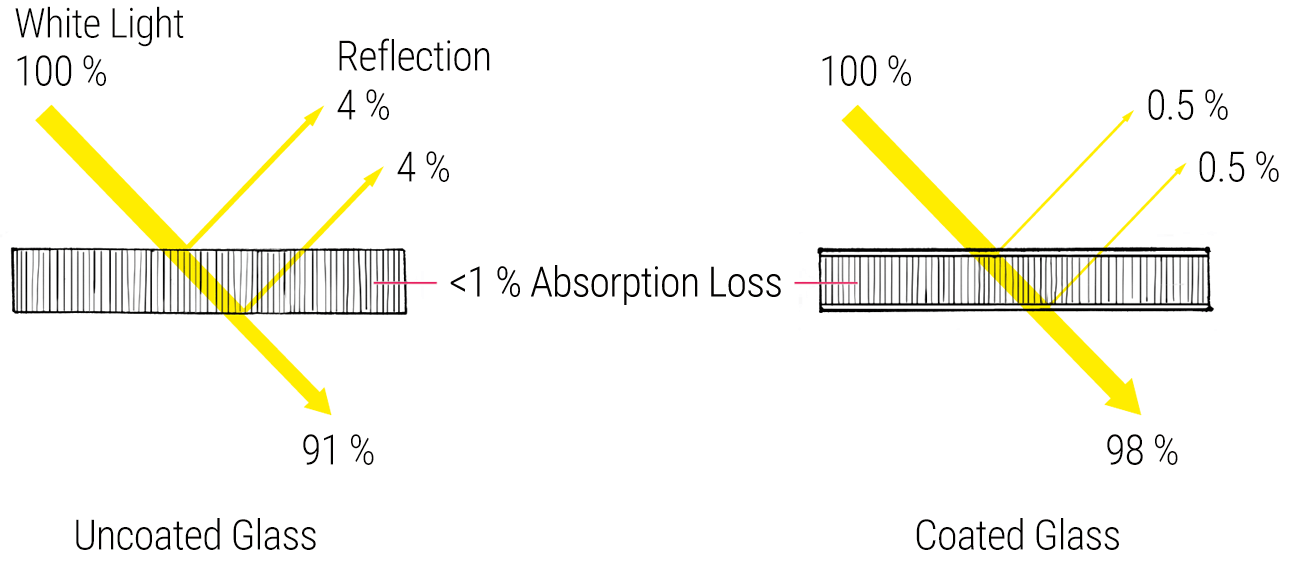SmakulaOlexander
September 9, 1900, Dobrovody village, Austria-Hungary (now Ternopil region, Ukraine) —
May 17, 1983, Auburn, Massachusetts, USA
Anti-reflective lens coating
In 1850, the English archeologist Austen Henry Layard found a lens carved from rock crystal dated

It all started in the first half of the 19th century when the first photos began to appear. The earliest surviving camera photograph is View from the Window at Le Gra, made in 1826 by the Frenchman Joseph Nicéphore Niépce. So, the new sphere of application appeared for lenses. Initially, photographers did not make too high demands on images. The very fact of getting a photo caused surprise and satisfaction. But it was not enough. Engineers began to improve cameras, and chemists started improving the process of developing images. The quality of the photo largely depended on the quality of the camera lenses, so it was logical to assume that newer lenses would give better images. However, the opposite happened. The photographers noticed that they were able to take clear, high-quality pictures with the lenses they had been using for several years, not new ones. The old ones transmitted light much better and hardly reflected it.
When a beam of light (wave) meets the camera lens, part of it passes through it, and part is reflected from both surfaces of the lens. Even though it reflects only about
The phenomenon of old lenses was explained by the appearance of an extremely thin layer of damage, small scratches, and coating from contact with moisture, which reduced light reflection. This does not mean that the lenses were stored in water. The point is that there was enough moisture in the air to leave that coating. The inventors tried to use this phenomenon to develop a method of applying the coating on new lenses. But the experiments did not bring the desired result, until 1935 when Olexander Smakula, then Head of the Research laboratory of the world-famous manufacturer of optical systems Carl Zeiss AG in Germany, suggested applying a layer of magnesium fluoride on the lens, spraying it in vacuum chambers. In the same year, he received a patent for a method he called «anti-reflective lens coating».
Due to this, the reflection was immediately reduced to 1 %. Today, this figure is even lower, scientists continue to experiment with the composition of anti-reflective substances and the number of applied layers. Lenses with the anti-reflective coating are easy to distinguish from uncoated ones. They will hardly reflect the surrounding objects, and the reflected objects will be mostly purple.

The anti-reflective coating has long been a mandatory part of the manufacture of camera lenses, microscopes, terrestrial and extraterrestrial telescopes, periscopes, binoculars, etc.
The United Nations Educational, Scientific and Cultural Organization (UNESCO) has declared the year 2000 the year of Alexander Smakula.